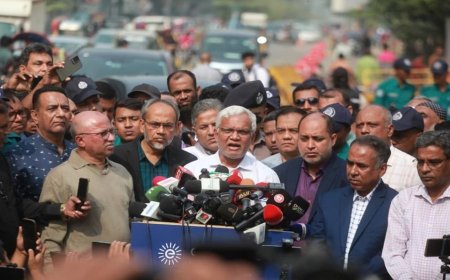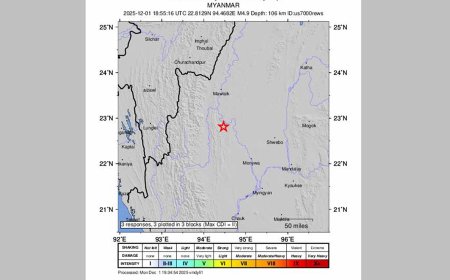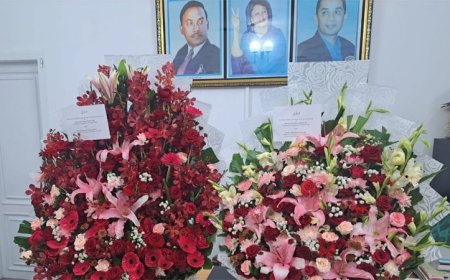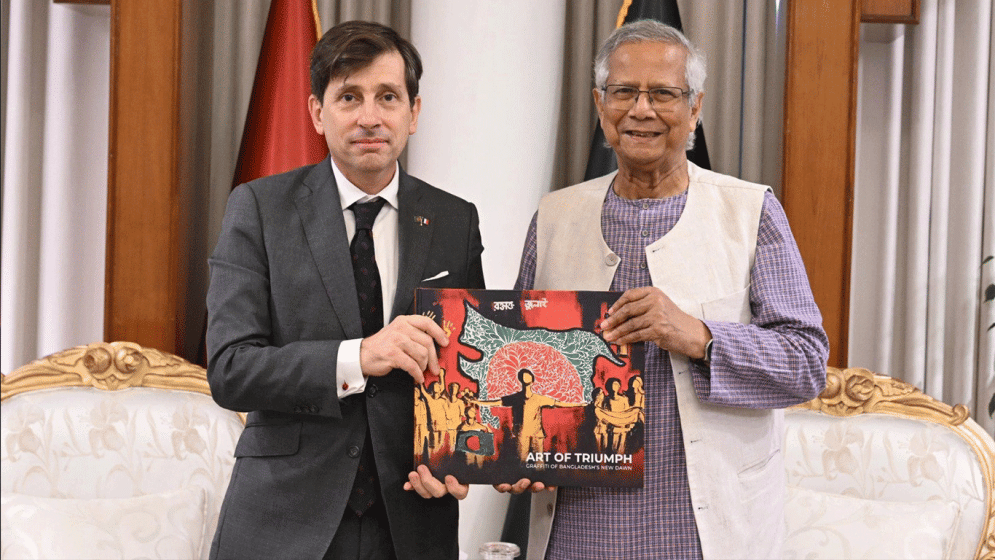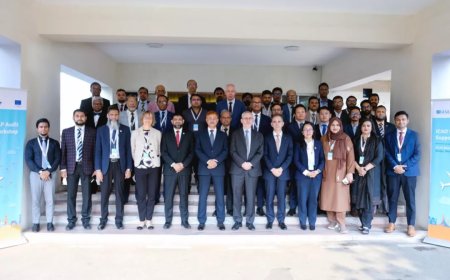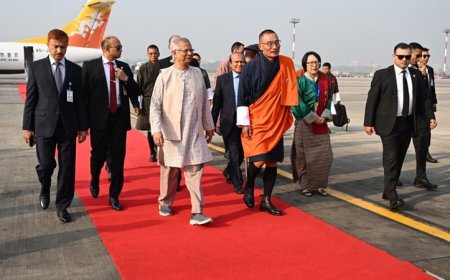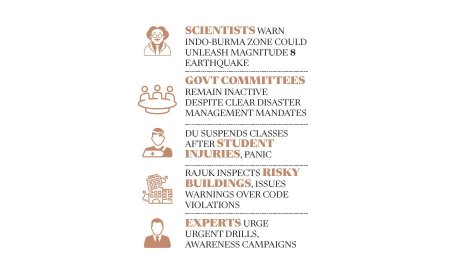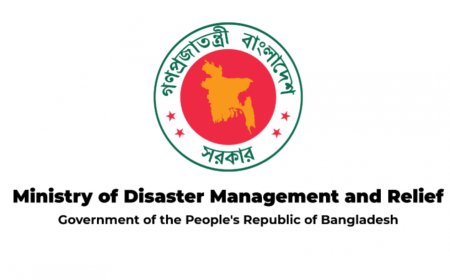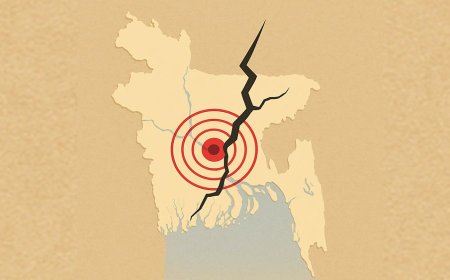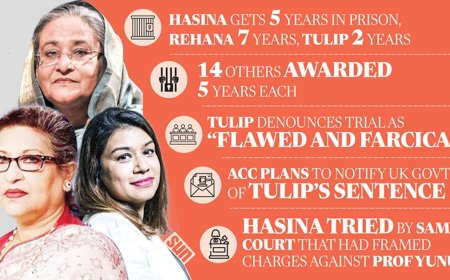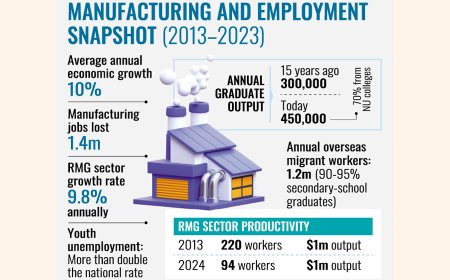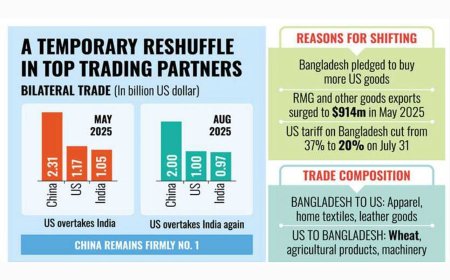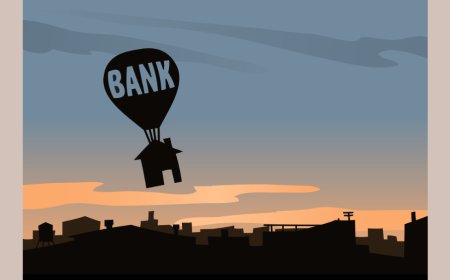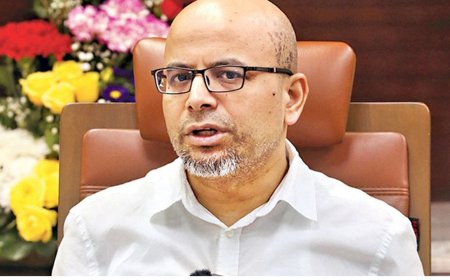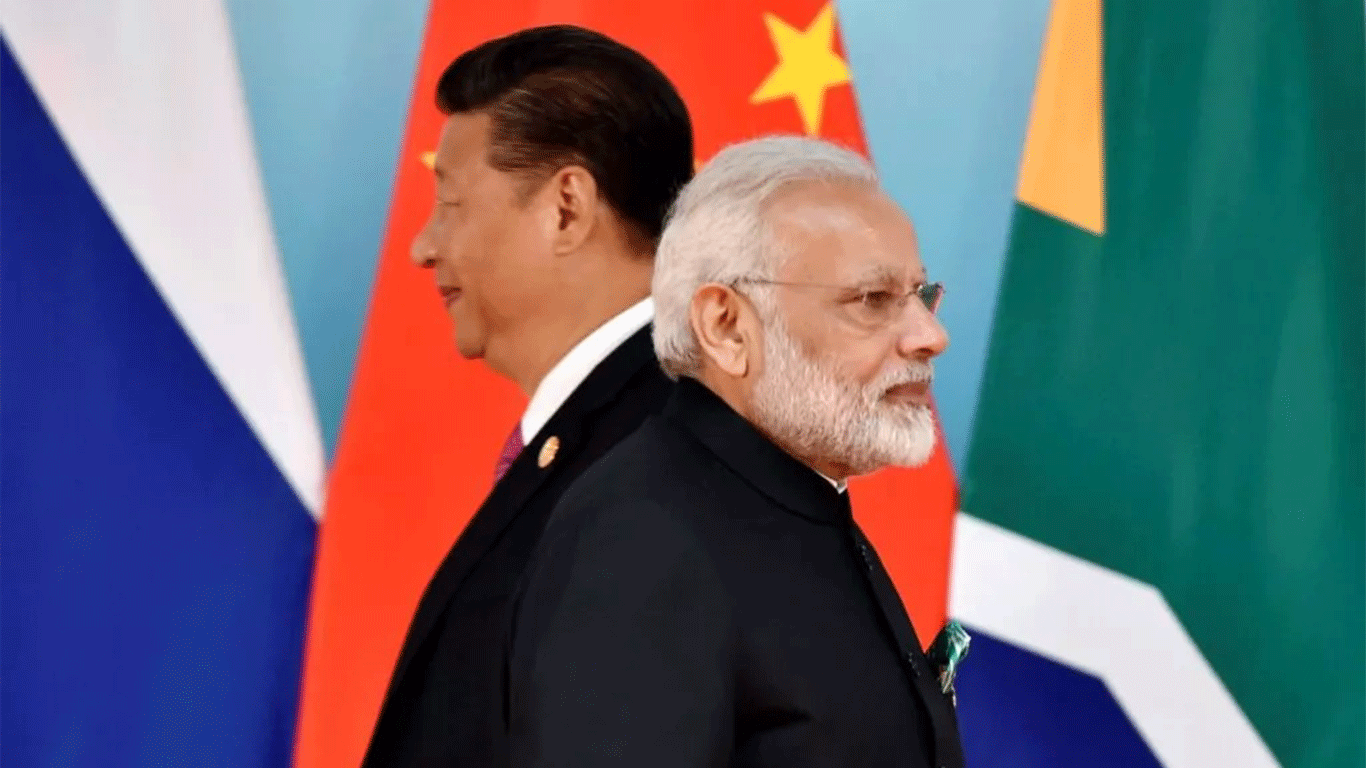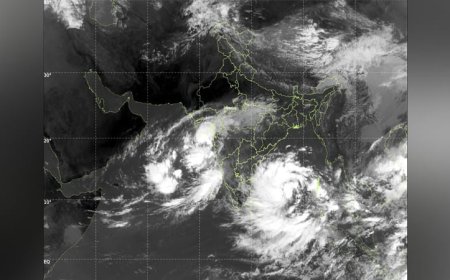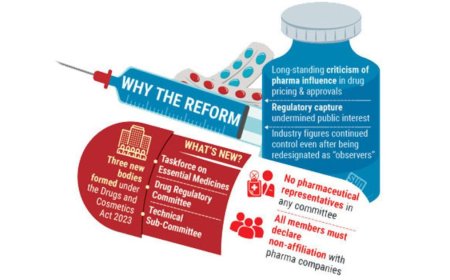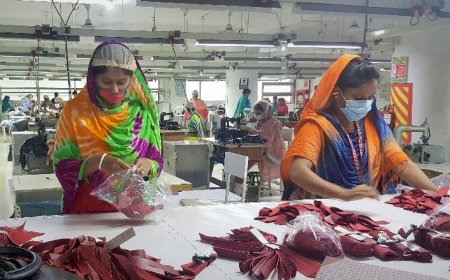Government Proposes 31% Increase in Food Subsidy for FY26 Budget
Government Proposes 31% Increase in Food Subsidy for FY26 Budget
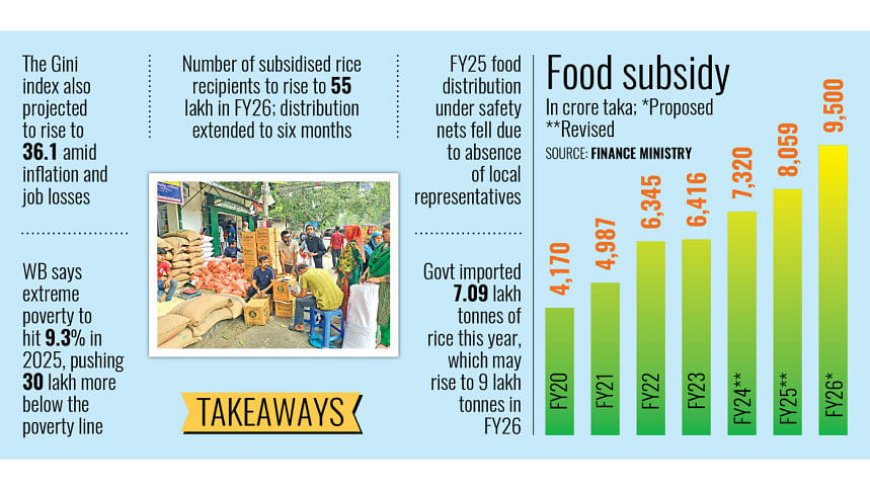
The government is set to increase the food subsidy allocation by 31 percent to Tk 9,500 crore in the FY2025-26 budget, aiming to expand support for poor and low-income families through enhanced access to affordable food. This marks a significant jump from the current fiscal year’s original allocation of Tk 7,200 crore, which was later revised to Tk 8,059 crore. Finance ministry officials noted the subsidy may rise further due to higher rice imports and expanded distribution efforts.
The expansion includes bolstering programmes like the Open Market Sale (OMS) and operations under the Trading Corporation of Bangladesh (TCB). Beneficiary households under these schemes are expected to increase to 55 lakh in the next fiscal year from 50 lakh currently. Each family will receive 30kg of rice per month for six months—up from the current five-month duration—at a subsidised rate of Tk 15 per kg.
Currently, these initiatives cover 256 upazilas across all eight divisions, targeting the most impoverished areas identified by the Bangladesh Bureau of Statistics (BBS). Although the government anticipates some relief from inflation, food prices remain a concern, with food inflation exceeding 9 percent since March 2023.
According to the World Bank’s April 2025 Bangladesh Development Update, the national poverty rate is projected to rise to 22.9 percent this year, while extreme poverty—defined as living on less than \$2.15 per day—is expected to reach 9.3 percent, adding 30 lakh more people to this category. Extreme poverty rose from 5.5 percent in 2023 to 7.7 percent in 2024. The World Bank also forecasted a rise in inequality, with the Gini index increasing from 35.5 to 36.1, attributing these trends to inflation and job losses disproportionately affecting low-income groups.
Beyond rice, the government also distributed eggs, lentils, soybean oil, and vegetables through the TCB this fiscal year, targeting a total distribution of 30 lakh tonnes of rice and wheat. Between July and May 15, 26.85 lakh tonnes were distributed—slightly below last year’s 27.92 lakh tonnes during the same period. Of this, 21.31 lakh tonnes were distributed through food-friendly programmes and OMS, an increase from 19.9 lakh tonnes the previous year.
However, food distribution through social safety net programmes such as Food for Work, Vulnerable Group Feeding, and Vulnerable Group Development has slowed in rural areas due to the absence of elected local representatives, delivering only 5.55 lakh tonnes by mid-May compared to 7.5 lakh tonnes last year.
In response to domestic production shortfalls caused by floods and other natural disasters, the government has increased rice imports. So far this year, 11.5 lakh tonnes of food—including 7.09 lakh tonnes of rice—have been imported. Rice imports are expected to reach 9 lakh tonnes next year, compared to no rice imports during the same period last year, when the government instead brought in 7.84 lakh tonnes of wheat.
What's Your Reaction?









